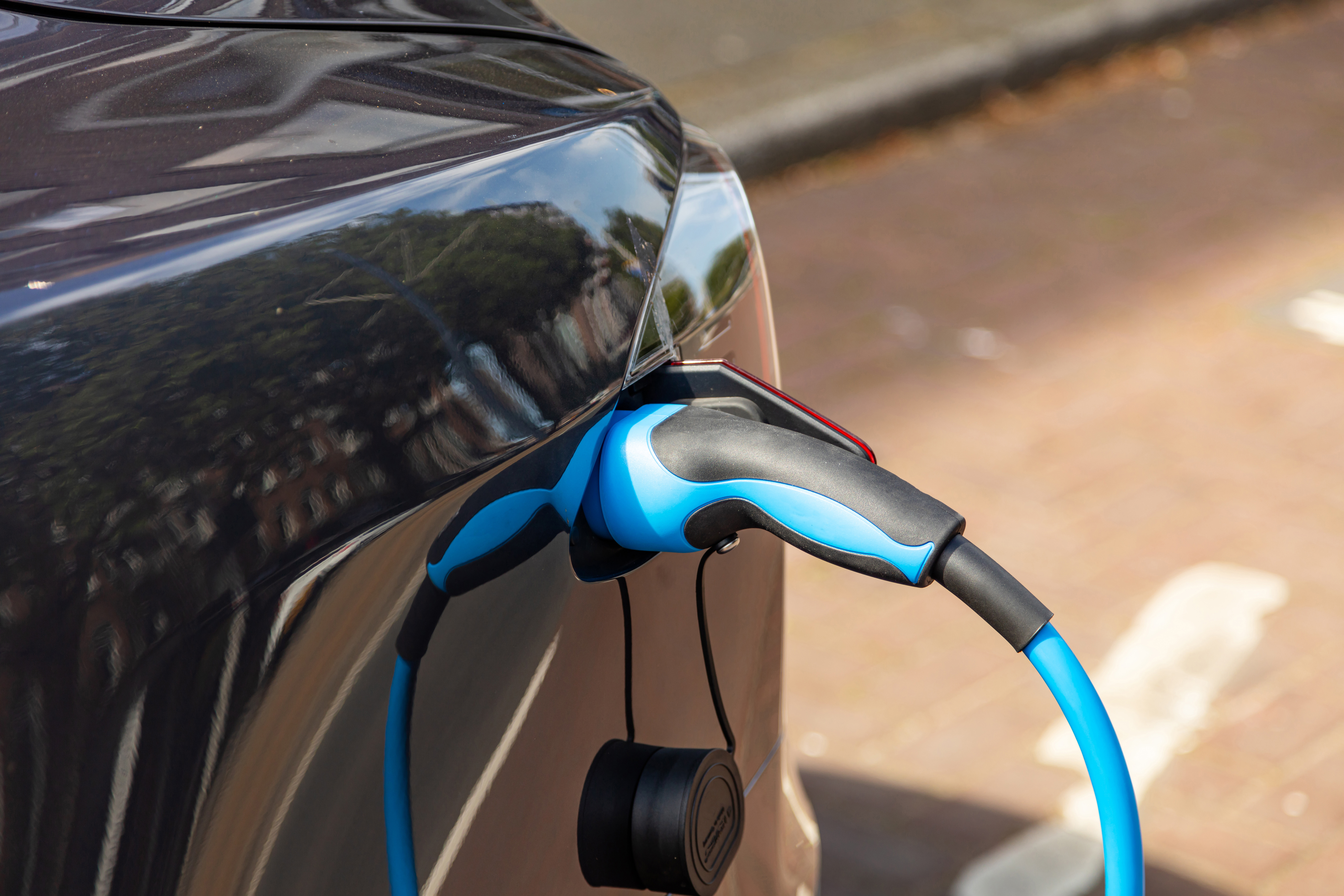Soil Condition Monitoring
Farmers can use technology to monitor soil conditions in order to use pesticides and fertilizers more efficiently and reduce negative impacts on the environment. Sensors can collect real-time data on soil moisture, pH, and nutrient content, which can be analyzed by apps or machine learning models to provide valuable insights into soil health.
| Applicable Development Board | |
|---|---|
|
NuMaker-HMI-MA35D1-S1 |
1. Object Detection Example: Smart irrigation system Ground cameras or drone cameras capture images of farmland.
2. Object Classification Example: Crop growth monitoring Fixed cameras are installed on the farmland, or drones are used for regular巡視, capturing the growth status of crops. |
|
NuMaker-HMI-M467 |
1. Sensor Fusion Example: Smart agriculture environment monitoring system Multiple sensors, such as soil moisture, pH, temperature, and nutrient content, are deployed on the farmland.
2. Anomaly Detection Example: Soil health anomaly alert system Sensors are deployed in different areas of the farmland to continuously monitor the basic parameters of the soil. |
|
NuMaker-IoT-M467 |
1. Sensor Fusion Example: Smart agriculture environment monitoring system Multiple sensors, such as soil moisture sensors, pH sensors, temperature sensors, and nutrient content sensors, are deployed on the farmland.
Example: Soil health anomaly alert system Sensors are deployed in different areas of the farmland to continuously monitor the basic parameters of the soil. |




